Shade-tolerant grasses are a unique category of turfgrass that thrive in environments where sunlight is limited. These grasses have adapted to grow under the canopy of trees or in areas where buildings obstruct direct sunlight. Unlike their sun-loving counterparts, shade-tolerant varieties have developed physiological traits that allow them to photosynthesize efficiently even in low-light conditions.
This adaptation is crucial for homeowners and landscapers who wish to maintain a lush, green lawn in shaded areas, which can often be a challenge. The ability of shade-tolerant grasses to survive in low-light conditions is primarily due to their leaf structure and growth habits. Many of these grasses possess wider leaves that can capture more sunlight, even when it is filtered through tree branches or buildings.
Additionally, they often have a slower growth rate, which allows them to conserve energy and resources in environments where competition for light and nutrients is fierce. Understanding these characteristics is essential for anyone looking to cultivate a healthy lawn in shaded areas, as it informs the selection and care of the appropriate grass types.
Key Takeaways
- Shade-tolerant grasses are able to thrive in low-light conditions, making them ideal for shaded areas in your lawn.
- When choosing the right shade-tolerant grass for your lawn, consider factors such as the amount of shade, soil type, and maintenance requirements.
- Planting and maintaining shade-tolerant grasses requires proper soil preparation, regular watering, and occasional fertilization to ensure healthy growth.
- The benefits of shade-tolerant grasses include reduced maintenance, improved soil health, and a lush, green lawn in shaded areas.
- Common issues with shade-tolerant grasses include disease, pests, and poor growth, but these can be addressed with proper care and maintenance techniques.
Choosing the Right Shade-Tolerant Grass for Your Lawn
Selecting the right shade-tolerant grass for your lawn involves considering several factors, including climate, soil type, and the specific amount of shade present. Cool-season grasses, such as fine fescue and Kentucky bluegrass, are ideal for northern climates where temperatures are moderate. Fine fescue, in particular, is known for its fine texture and ability to thrive in shady conditions, making it a popular choice for lawns with limited sunlight.
On the other hand, warm-season grasses like zoysia and Bermuda may be more suitable for southern regions, although they typically require more sunlight than their cool-season counterparts. Another critical aspect to consider is the level of foot traffic your lawn will experience.
For instance, tall fescue is known for its durability and adaptability, making it an excellent choice for lawns that will see regular use. Conversely, if your shaded area is primarily decorative and sees little foot traffic, you might opt for a more delicate variety like creeping red fescue. By assessing your specific needs and conditions, you can make an informed decision that will lead to a thriving lawn.
Planting and Maintaining Shade-Tolerant Grasses

Once you have selected the appropriate shade-tolerant grass for your lawn, the next step is planting it correctly. The best time to sow grass seed is during the early spring or early fall when temperatures are mild, and moisture levels are optimal. Before planting, it’s essential to prepare the soil by removing any debris, rocks, or old grass.
After preparing the area, you can spread the seeds evenly across the soil surface, ensuring good seed-to-soil contact. Maintenance of shade-tolerant grasses requires a different approach than that of traditional sun-loving varieties. Watering is crucial, especially during dry spells; however, overwatering can lead to fungal diseases.
A deep watering regimen—about one inch per week—is generally recommended. Additionally, mowing should be done at a higher setting to encourage deeper root growth and reduce stress on the grass. Fertilization should be approached with caution; using a slow-release fertilizer can provide necessary nutrients without overwhelming the grass in its shaded environment.
Benefits of Shade-Tolerant Grasses
| Benefits of Shade-Tolerant Grasses |
|---|
| 1. Thrives in low light conditions |
| 2. Helps prevent soil erosion |
| 3. Provides a lush green appearance in shaded areas |
| 4. Requires less maintenance and watering |
| 5. Can improve air quality and reduce pollution |
The advantages of incorporating shade-tolerant grasses into your landscape are numerous. One of the most significant benefits is their ability to thrive in areas where other grasses fail to grow. This resilience allows homeowners to maintain a green lawn even in challenging conditions, enhancing the overall aesthetic appeal of their property.
Furthermore, these grasses often require less maintenance than traditional varieties, as they are adapted to lower light levels and can conserve water more effectively. Another notable benefit is their environmental impact. Shade-tolerant grasses can help reduce soil erosion by stabilizing the ground with their root systems.
They also contribute to biodiversity by providing habitat for various insects and wildlife that thrive in shaded environments. Additionally, these grasses can improve air quality by absorbing carbon dioxide and releasing oxygen, making them an eco-friendly choice for landscaping. By choosing shade-tolerant varieties, homeowners not only enhance their outdoor spaces but also contribute positively to their local ecosystems.
Common Issues and Solutions for Shade-Tolerant Grasses
Despite their adaptability, shade-tolerant grasses are not immune to challenges. One common issue is the development of fungal diseases due to excessive moisture in shaded areas. Conditions such as powdery mildew or brown patch can thrive in damp environments where air circulation is limited.
To combat these problems, it’s essential to ensure proper drainage and avoid overwatering. Additionally, maintaining adequate spacing between plants can improve airflow and reduce humidity levels around the grass. Another challenge faced by shade-tolerant grasses is competition from tree roots and other plants that may outcompete them for nutrients and water.
In heavily shaded areas with dense tree cover, it may be necessary to prune trees or remove some underbrush to allow more light to reach the grass below. Regularly monitoring soil health and conducting soil tests can also help identify nutrient deficiencies that may hinder grass growth. By addressing these common issues proactively, homeowners can maintain a healthy lawn that thrives even in challenging conditions.
Creating a Lush Lawn with Shade-Tolerant Grasses
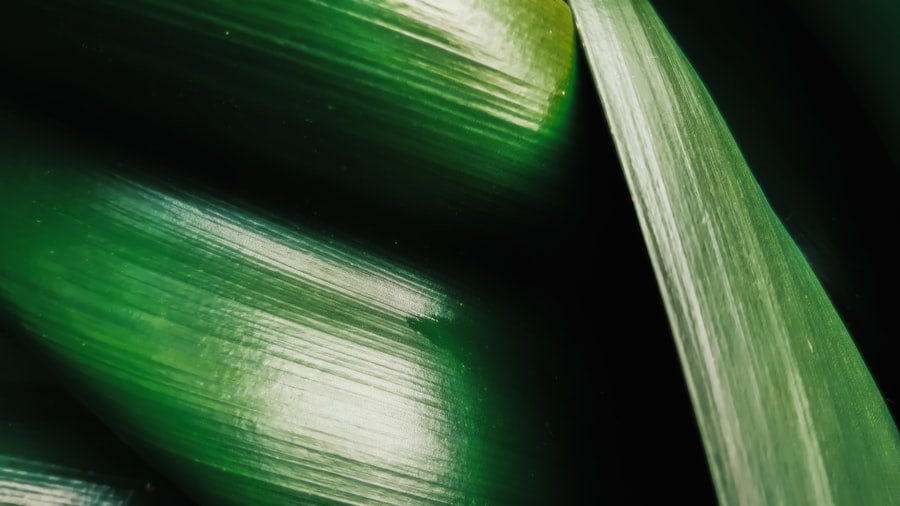
Combining Grass Types for a Diverse Lawn
One effective strategy is to mix different types of shade-tolerant grasses to create a diverse lawn that can better withstand varying conditions. For example, combining fine fescue with tall fescue can provide both aesthetic appeal and resilience against foot traffic.
Promoting Healthier Growth
This diversity not only enhances the visual interest of your lawn but also promotes healthier growth by reducing competition among similar species.
Enhancing Your Landscape Design
In addition to selecting the right grass types, incorporating other elements into your landscape design can further enhance the lushness of your lawn. Adding mulch around trees and shrubs can help retain moisture while suppressing weeds that compete with your grass for nutrients. Furthermore, incorporating shade-loving plants such as hostas or ferns can create a layered effect that adds depth and texture to your landscape while complementing your shade-tolerant grass.
Tips for Caring for Shade-Tolerant Grasses
Caring for shade-tolerant grasses involves understanding their unique needs and adapting your maintenance practices accordingly. One key tip is to monitor light levels throughout the year; as seasons change, so too does the amount of sunlight reaching your lawn. If you notice areas becoming increasingly shaded due to tree growth or other factors, consider adjusting your maintenance routine or even re-evaluating your grass selection.
Another important aspect of care is pest management. While shade-tolerant grasses may be less susceptible to certain pests than traditional varieties, they are not entirely immune. Regularly inspecting your lawn for signs of insect activity or disease can help catch problems early before they escalate.
Implementing integrated pest management strategies—such as introducing beneficial insects or using organic treatments—can effectively control pests while minimizing harm to your grass.
Incorporating Shade-Tolerant Grasses into Your Landscape Design
Incorporating shade-tolerant grasses into your landscape design opens up a world of possibilities for creating visually appealing outdoor spaces. These grasses can serve as a foundation for various landscaping elements, providing a lush backdrop for flower beds or decorative features such as pathways and patios. When designing your landscape, consider using shade-tolerant grasses as transitional elements between different areas of your yard, creating seamless connections between hardscapes and softscapes.
Moreover, utilizing shade-tolerant grasses in combination with other plants can enhance biodiversity and create a more dynamic environment. For instance, pairing these grasses with flowering perennials or shrubs can add color and texture while attracting pollinators such as bees and butterflies. By thoughtfully integrating shade-tolerant grasses into your overall landscape design, you can create a harmonious outdoor space that thrives even in low-light conditions while providing ecological benefits that extend beyond mere aesthetics.
If you are looking for information on grass that grows in shade, you may also be interested in learning about the benefits of yoga for mental and physical health. Yoga has been shown to improve flexibility, reduce stress, and increase overall well-being. To read more about the incredible benefits of yoga, check out
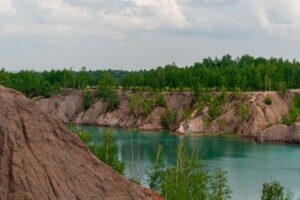









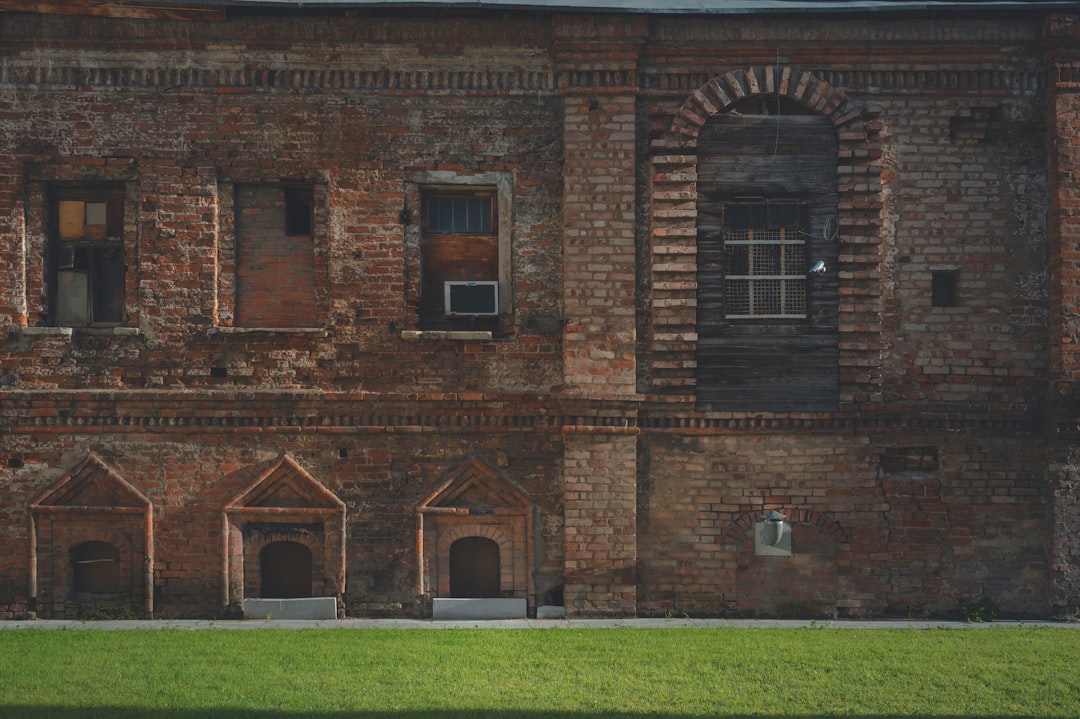
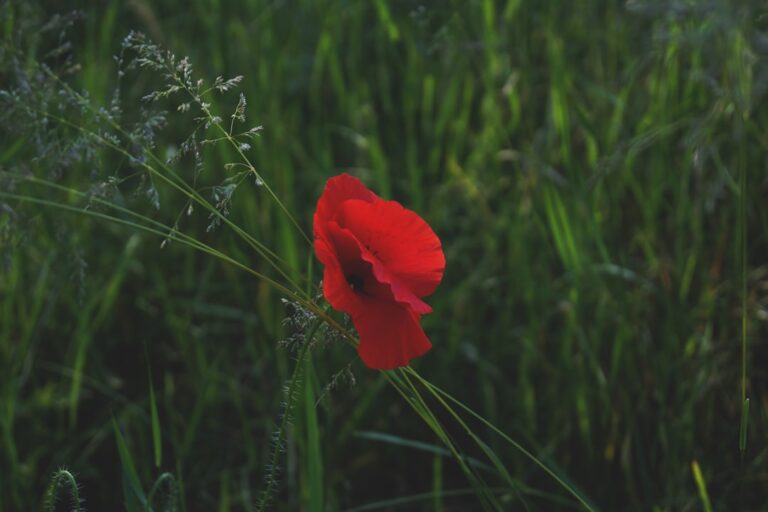

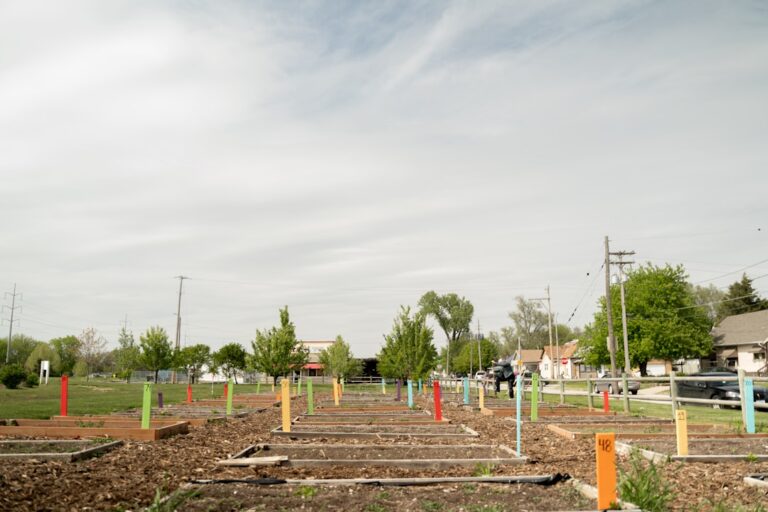



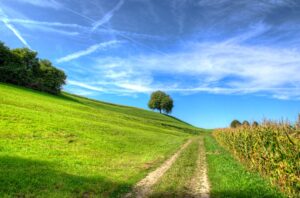






+ There are no comments
Add yours